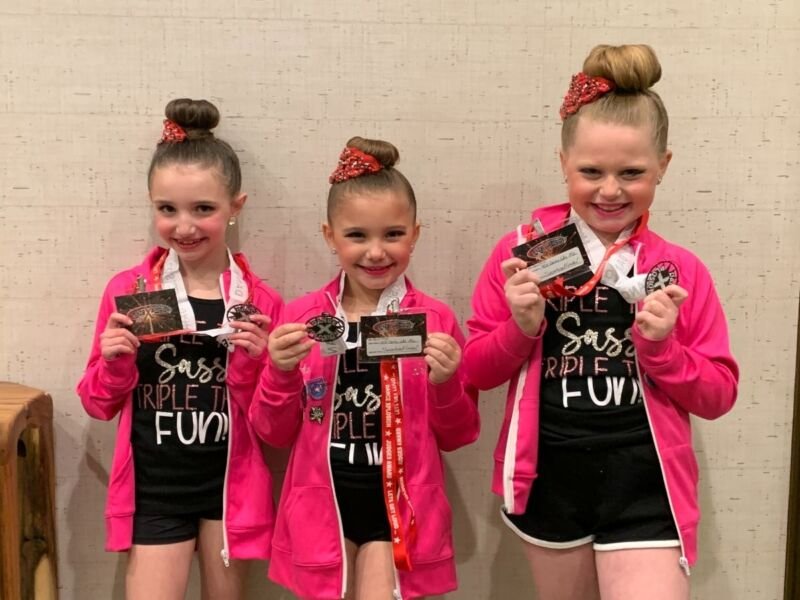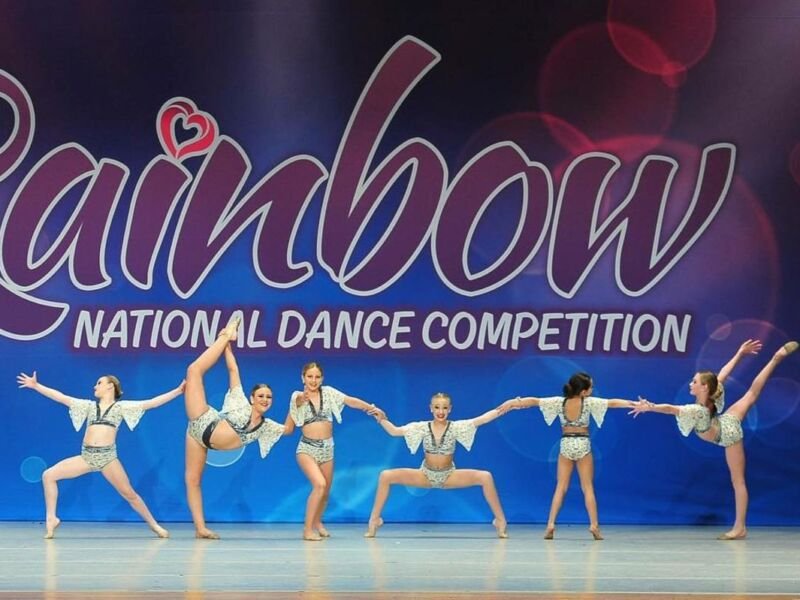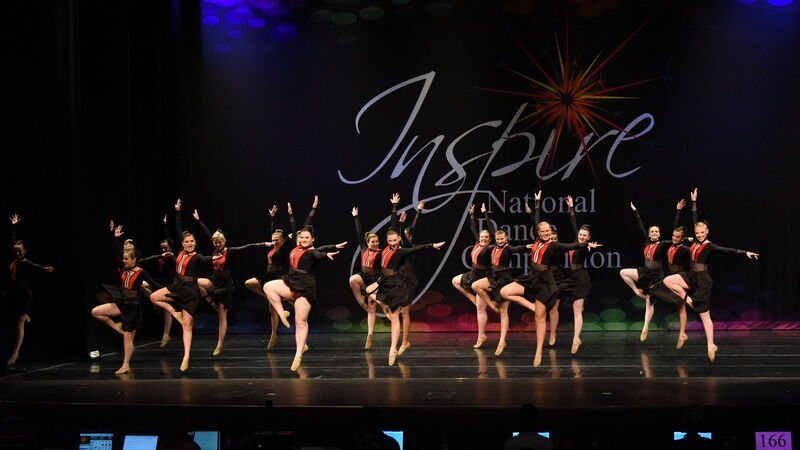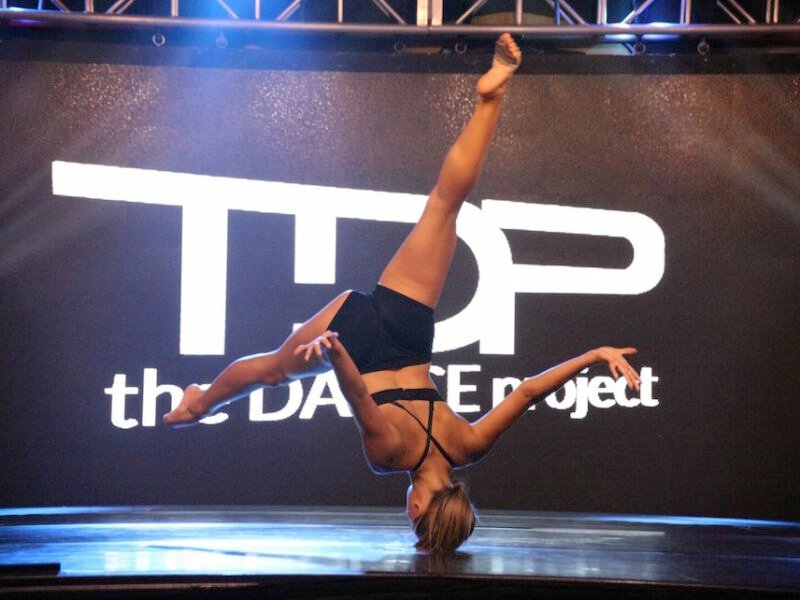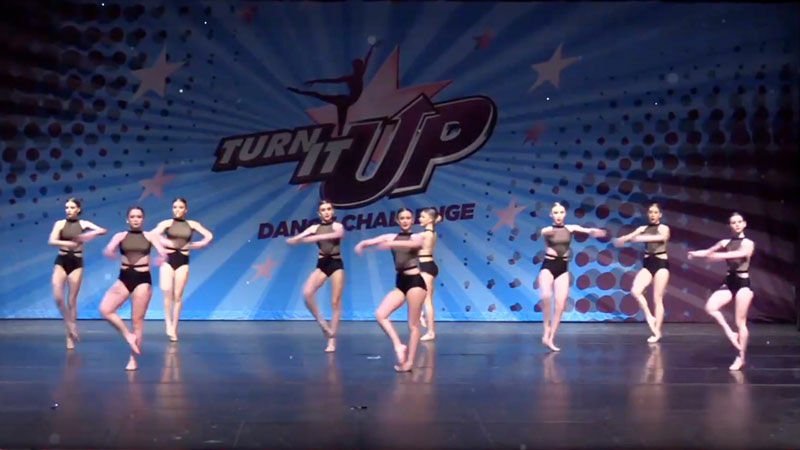The Varied Artistry of Street Performers
Street performers, also known as buskers, bring the vibrant energy of live entertainment to public spaces around the world. These talented artists display their skills and creativity in various art forms, captivating passersby with their performances.
One of the most prominent categories of street performers is musicians. From solo guitarists to full bands, these artists fill the streets with captivating melodies and rhythms. Their music ranges from classic tunes to original compositions, showcasing their talent and passion for their craft.
In addition to musicians, street performers also include talented dancers and acrobats. These individuals mesmerize audiences with their graceful movements, jaw-dropping acrobatics, and incredible feats of strength. Their performances are a testament to the dedication and skill required to master their chosen art forms.
Many street performers also specialize in magic and illusion. With a deck of cards, a top hat, or even just their hands, these magicians create awe-inspiring tricks and illusions that leave spectators amazed and wondering how it’s done.
Other popular forms of street performance include living statues, jugglers, contortionists, and fire breathers. Each of these acts requires immense talent and practice, and they add a unique and captivating element to the street performance scene.
The Impact of Street Performers on Local Communities
Street performers play a significant role in shaping the cultural fabric of cities and communities. Their performances attract locals and tourists alike, creating a sense of excitement and liveliness in public spaces.
These artists contribute to the overall entertainment landscape of a city, providing free and accessible performances for all to enjoy. Their presence enriches public spaces, creating vibrant atmospheres that invite people to linger, appreciate the arts, and foster a sense of community.
Street performers often add to the allure of specific events or locations. Festivals, street fairs, and outdoor markets frequently feature these talented artists, enhancing the overall experience for attendees and creating lasting memories.
Furthermore, street performers can have a positive economic impact on local communities. Their performances can attract a larger audience, leading to increased foot traffic for nearby businesses. The presence of vibrant street entertainment can also make an area more appealing for both residents and tourists, promoting local commerce and contributing to the overall economic vitality of the community.
Supporting and Appreciating Street Performers
Recognizing the value that street performers bring to communities, it is important to support and appreciate their work. By sharing videos of their performances and connecting with fans, platforms like Entertainment – competes.tv provide a space for these artists to showcase their talent and build a loyal following.
Whether through attending their live performances, sharing their content online, or offering a donation, supporting street performers helps them continue doing what they love and sharing their art with the world. It is important to remember that these artists often rely on the gratuities and contributions of their audience to sustain their careers.
Next time you encounter a street performer, take a moment to appreciate their craft and the effort they put into their performances. Their dedication and skill make public spaces more vibrant and enjoyable for everyone.
How can I support street performers?
What skills do street performers possess?
Sources:
- How to Find Authority Websites & Get Links From Them
- Website Authority Checker: Check the “Authority” Of Any Domain
Contact Entertainment – competes.tv at 650-437-4741 or visit their website for more information.


